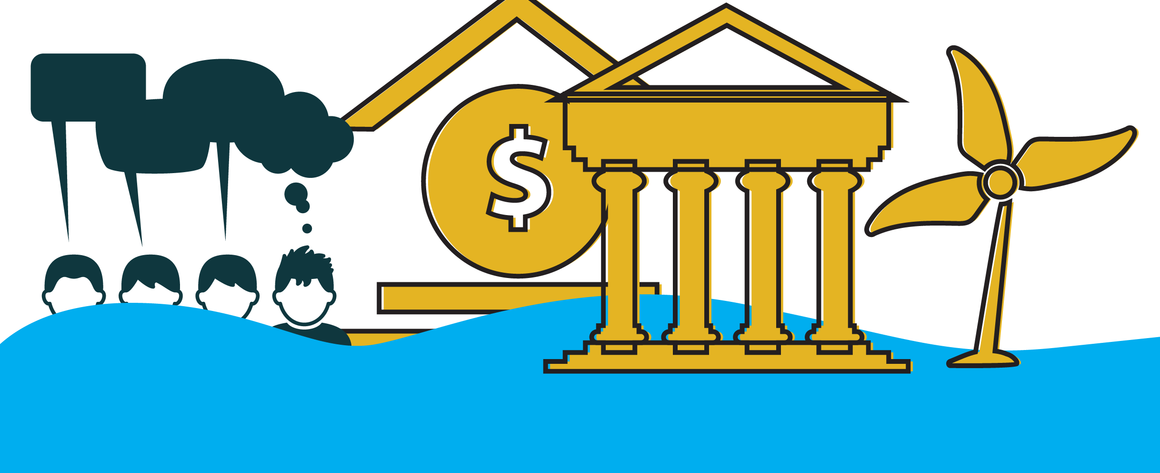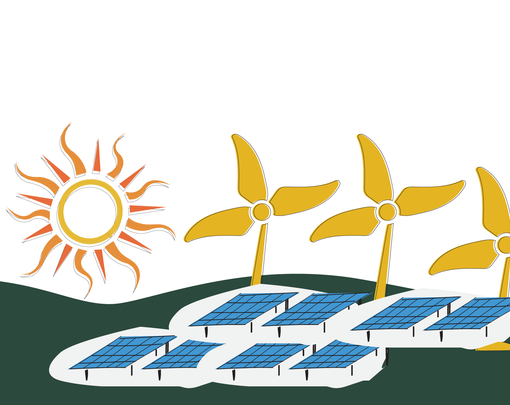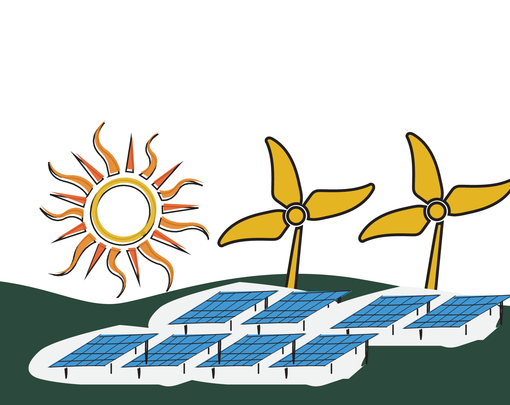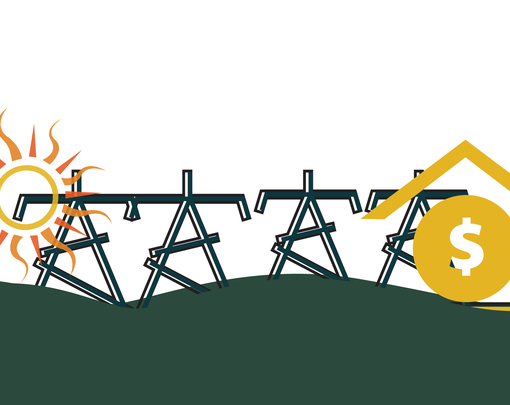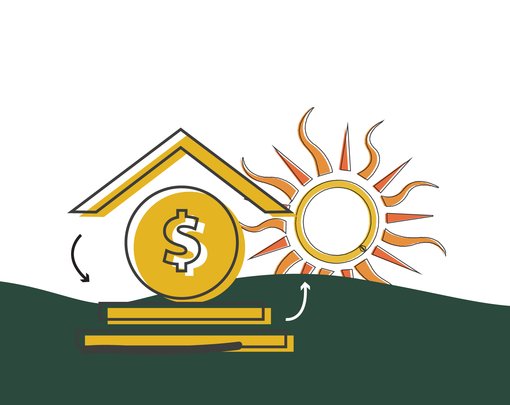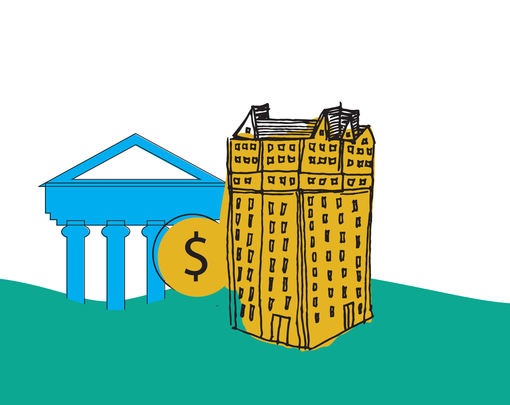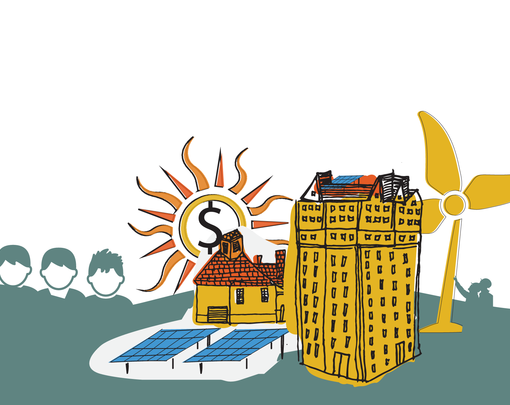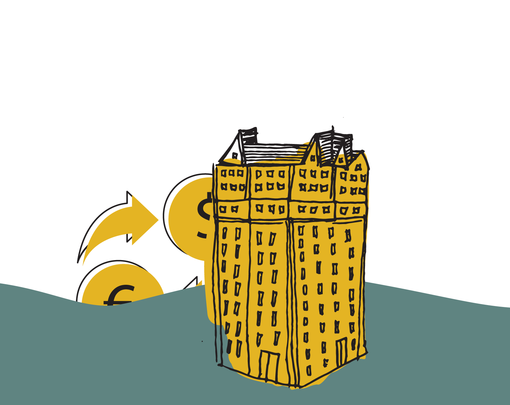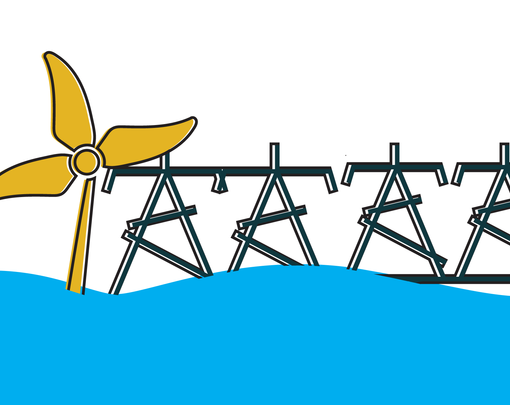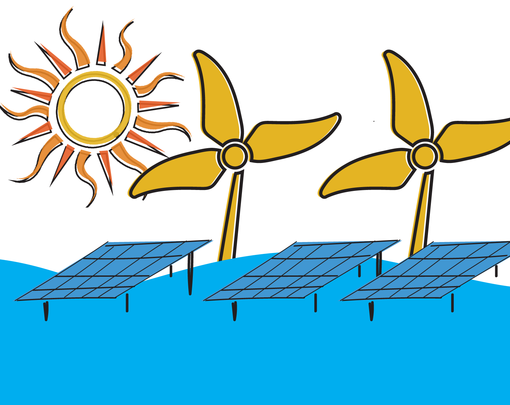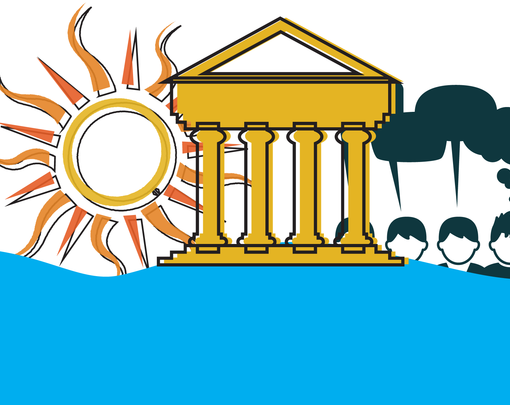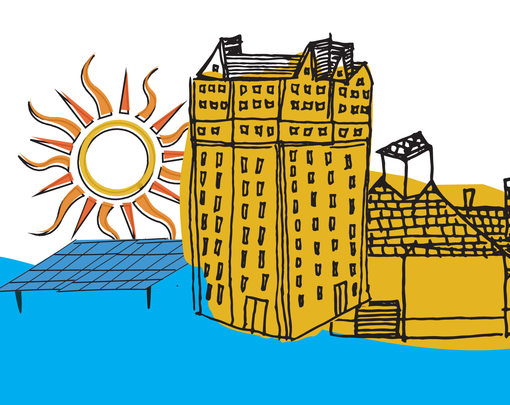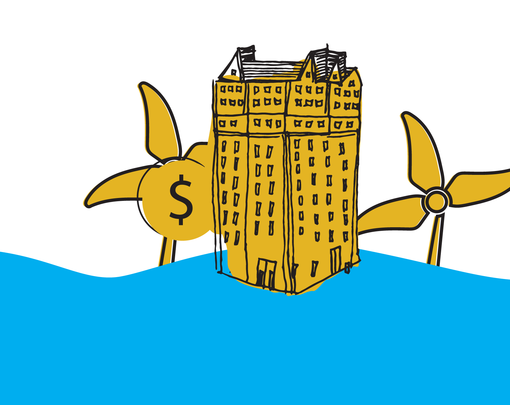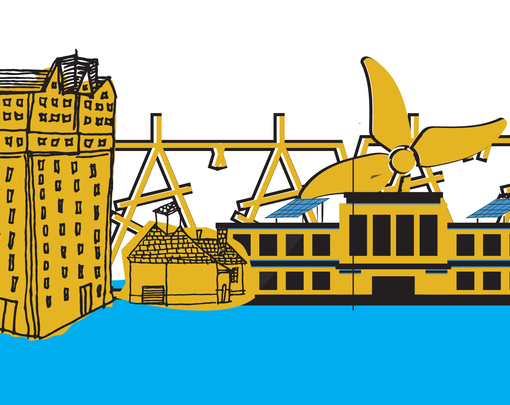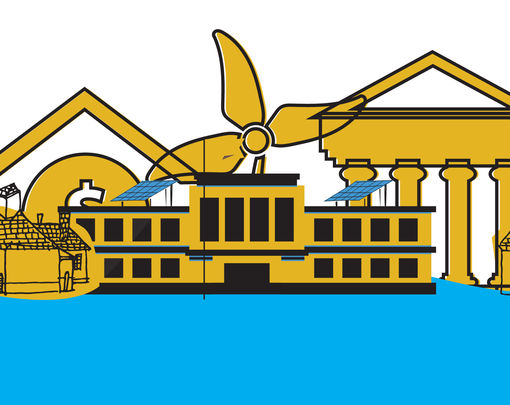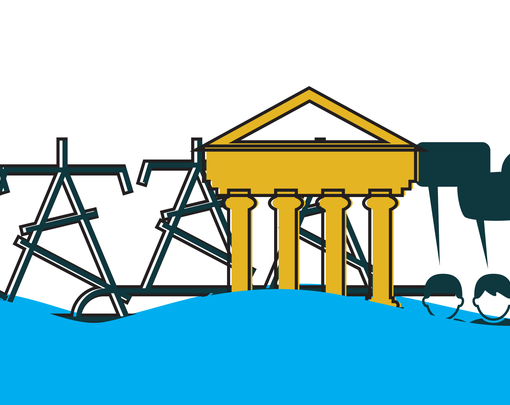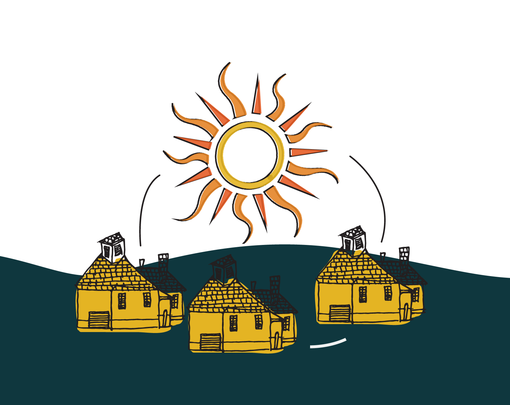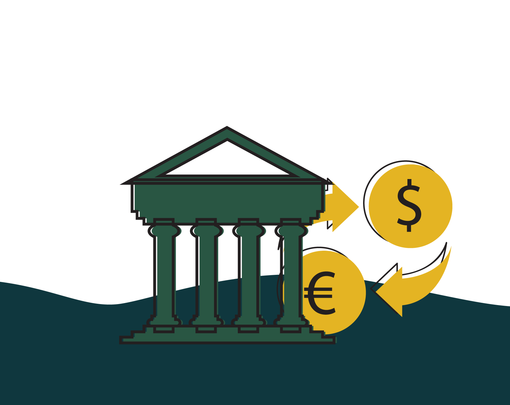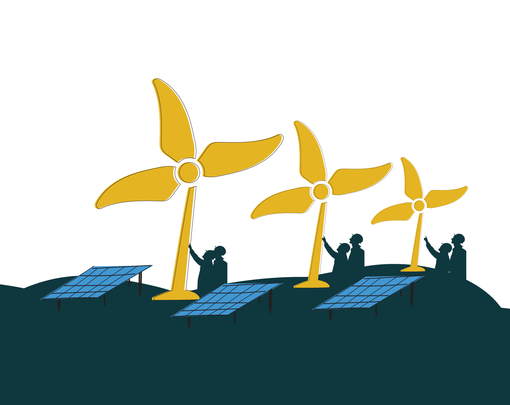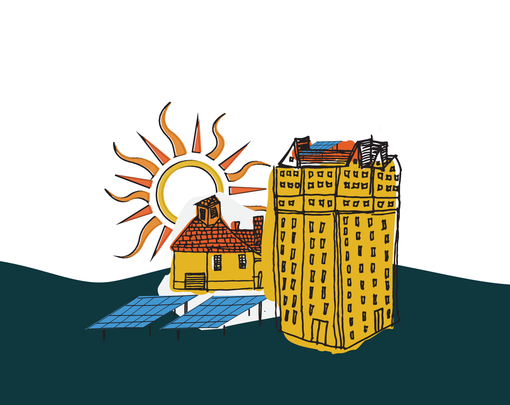Moving the procurement of electric power for public institutions (like school boards and city governments) away from dirty energy with negative impacts on the planet and local communities.
Policy Support:
Mandates at the state level for renewable targets can drive local authorities towards green energy.
Build Capacity?
While the policies themselves may not build community capacity to control the energy system, divestment-style campaigns against specific institutions are winnable and have a clear narrative that gets people thinking about larger possibilities in the energy system. These victories shifting institutional behavior can drive engagement in generalizing these new priorities through policy making.
Risk & Drawbacks?
“Clean power” in local mandates needs to be defined so it is truly sustainable—no nuclear, no incineration.
Inspiring Examples:
In Baltimore, Maryland, a state-level policy mandated targets for renewable energy use for public authorities—but included incineration as a “green” option for power purchasing. A high school student-led organizing campaign demanded and won truly sustainable purchasing from local school boards and nonprofit cultural institutions, and consequently helped halt construction on a major new incinerator project.
